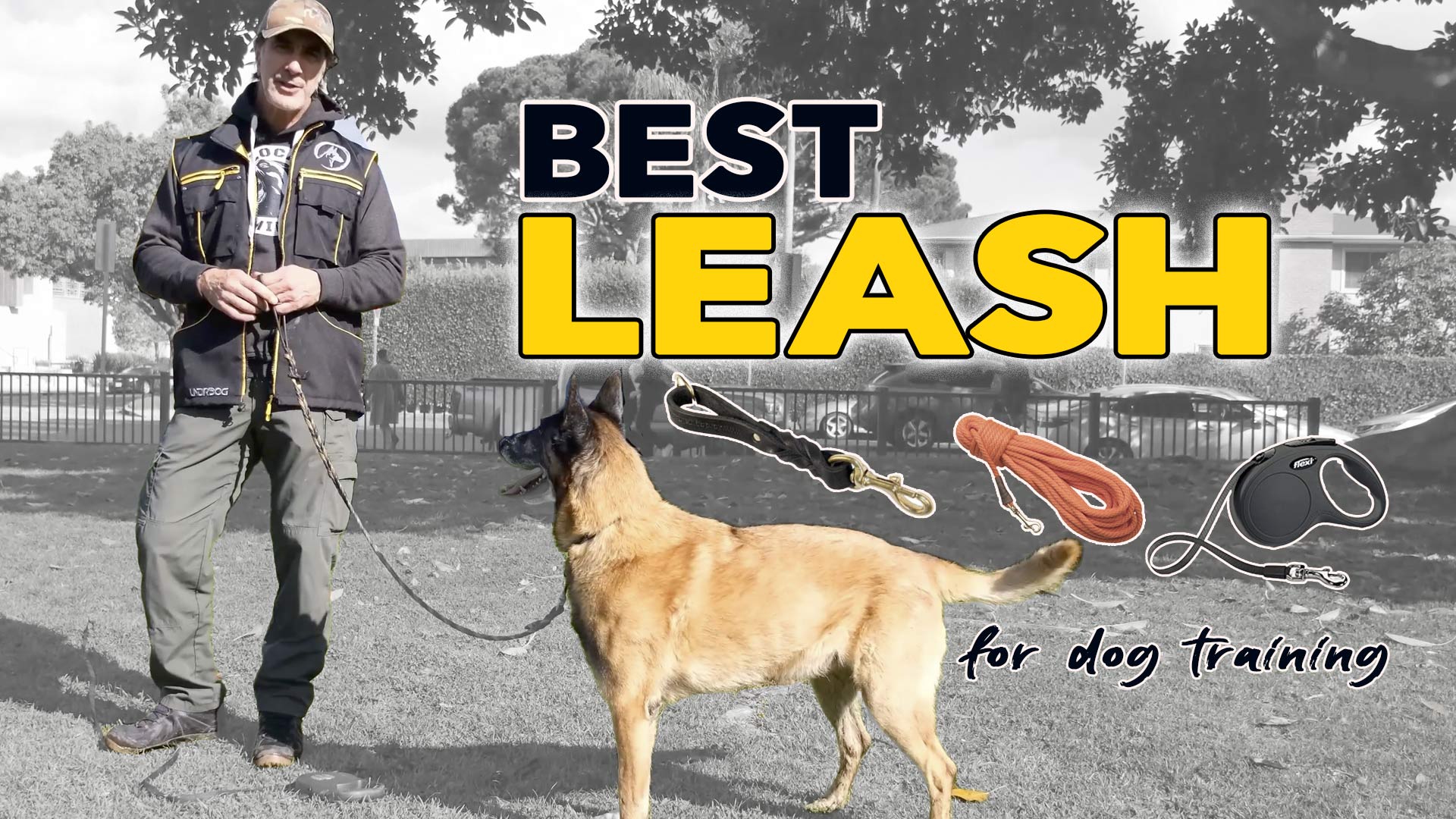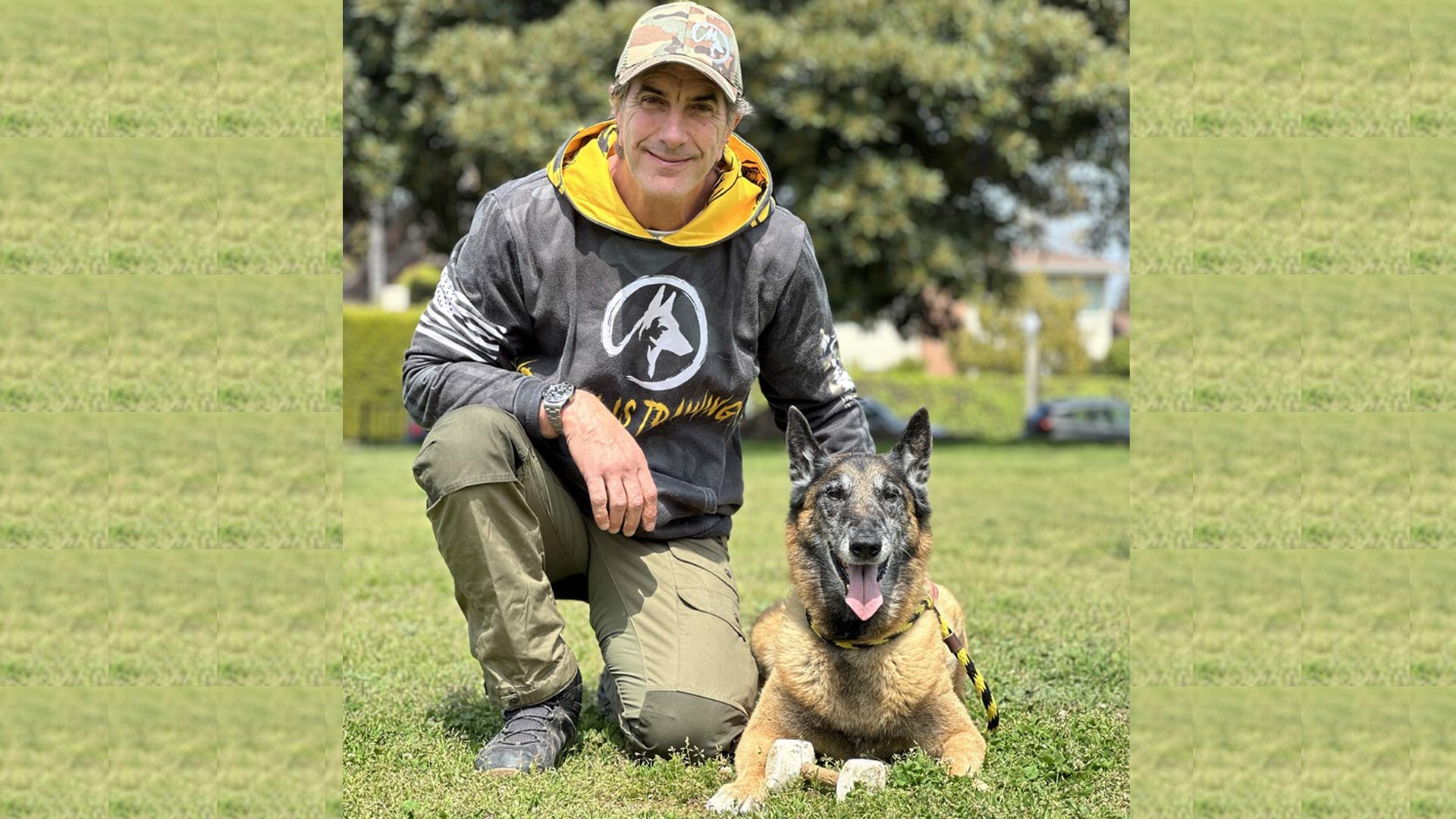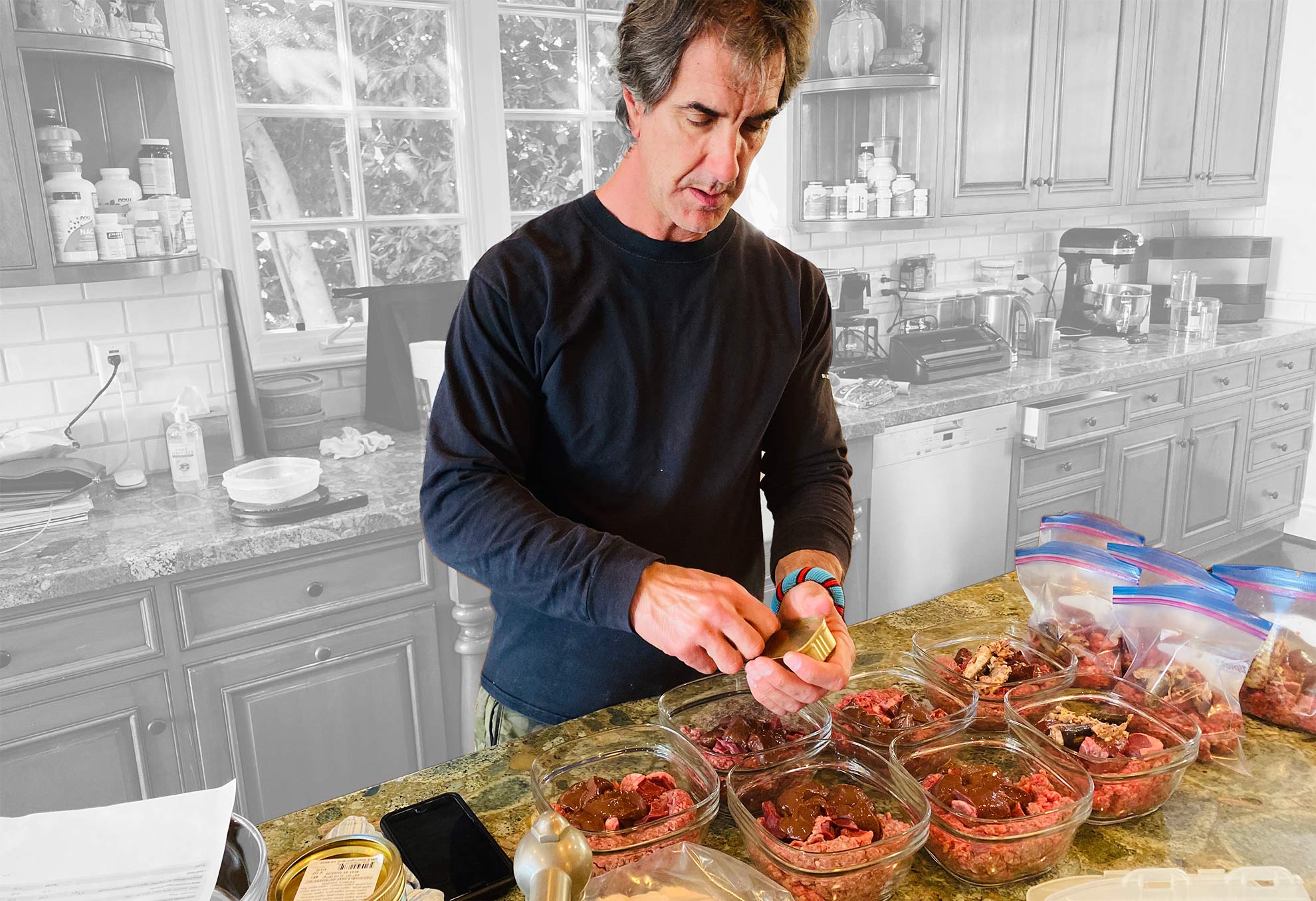Recently I was interviewed on Martha Stewart’s website about pet and travel safety. In this interview with Alexandra Churchill of Martha Stewart Living I discussed:
On the Road with Dogs:
6 Common Problems and Training Tips to Fix Them
These 6 topics included:
Problem #1: Your Dog Hates Getting Into the Car
Before you can expect your dog to ride in the car contently, Cabral suggests making it into a game: Try throwing treats into the car and crate and let the dog run in and get them, or train your dog to eat food inside the car crate. Then, take the dog for a ride to the park or some other destination they enjoy. “If you break it down into small, fun experiences,” Cabral says, “the longer journeys will be more likely to be well received by your dog.”
Problem #2: Your Dog Attempts to Jump Out the Window
Is Fido a furry escape artist? Cabral says that one of the biggest mistakes pet owners make is giving their dog too much freedom inside the car. “Most people do this because they love their dogs and don’t want to confine them,” he says. A dog left unrestrained in a vehicle is at risk of countless injuries, not to mention endangering car passengers. And even the best trained dog will be tempted to chase a squirrel off-road.
Cabral recommends using a crash-tested safety crate, which will absorb the impact from a car crash and avoid being a danger to other occupants in the vehicle.
See: online dog training
Problem #3: Your Dog Bolts from the Car
Time for a pit stop, but uh-oh… have a runner on your hands? How do you train a dog not to bolt from the car? Cabral recommends to train the dog to obey a basic “wait” command. “‘Wait’ or ‘stay’ is one of the most important things we teach our dogs,” Cabral insists. “Another good way is to make sure the dog is restrained in either the safety crate or a safety harness. This restrains the dog in the event of an accident, as well as an open door.”
Problem #4: Your Dog Gets Anxious in the Car
Whining? Barking? Pacing back and forth in the backseat? Cabral says that anxious behavior is usually as a result of unclear boundaries: “If we expect a dog who has never ridden in a car to take a long trip, they might get nervous.”
To put your pup at ease, go for a practice run similar to the game described in getting your dog into the car. A familiar blanket or toy can help soothe your dog’s anxiety. “I’ve also seen that dogs who can’t roam too freely in the car seem to feel less anxious than a dog that is bouncing off of the insides of the car,” Cabral says.
Problem #5: Your Dog Dislikes the Crate or Harness
Instead of wrangling your distressed dog into this protective gear, Cabral suggests introducing the crate or harness outside of the car. “I will feed the dog inside the crate when the crate is in the garage or living room,” he says. “Similarly, I put the harness on the dog and take it off a few times feeding the dog treats the entire time. Then I’ll put the harness on and give the dog a bone or a bowl of his favorite food.”
Problem #6: Your Dog Barks or Whines When You Leave the Car
It’s important to note that as the owner, you should not leave your dog in the car unattended. Dogs are especially at risk in hot weather and, of course, there is always the possibility of someone stealing your dog if left alone. That being said, if you must leave your dog in the car, then do so only in a crate that has a lock on it with the windows open to allow air to circulate inside the vehicle.
To avoid a panic, Cabral suggests leaving your dog with something to occupy the time like a favorite toy or bone. By leaving your dog (at first for a few minutes, then gradually increasing the time), over time, she will learn that you will return.
You can read the complete interview on The Martha Stewart Website by clicking here.






